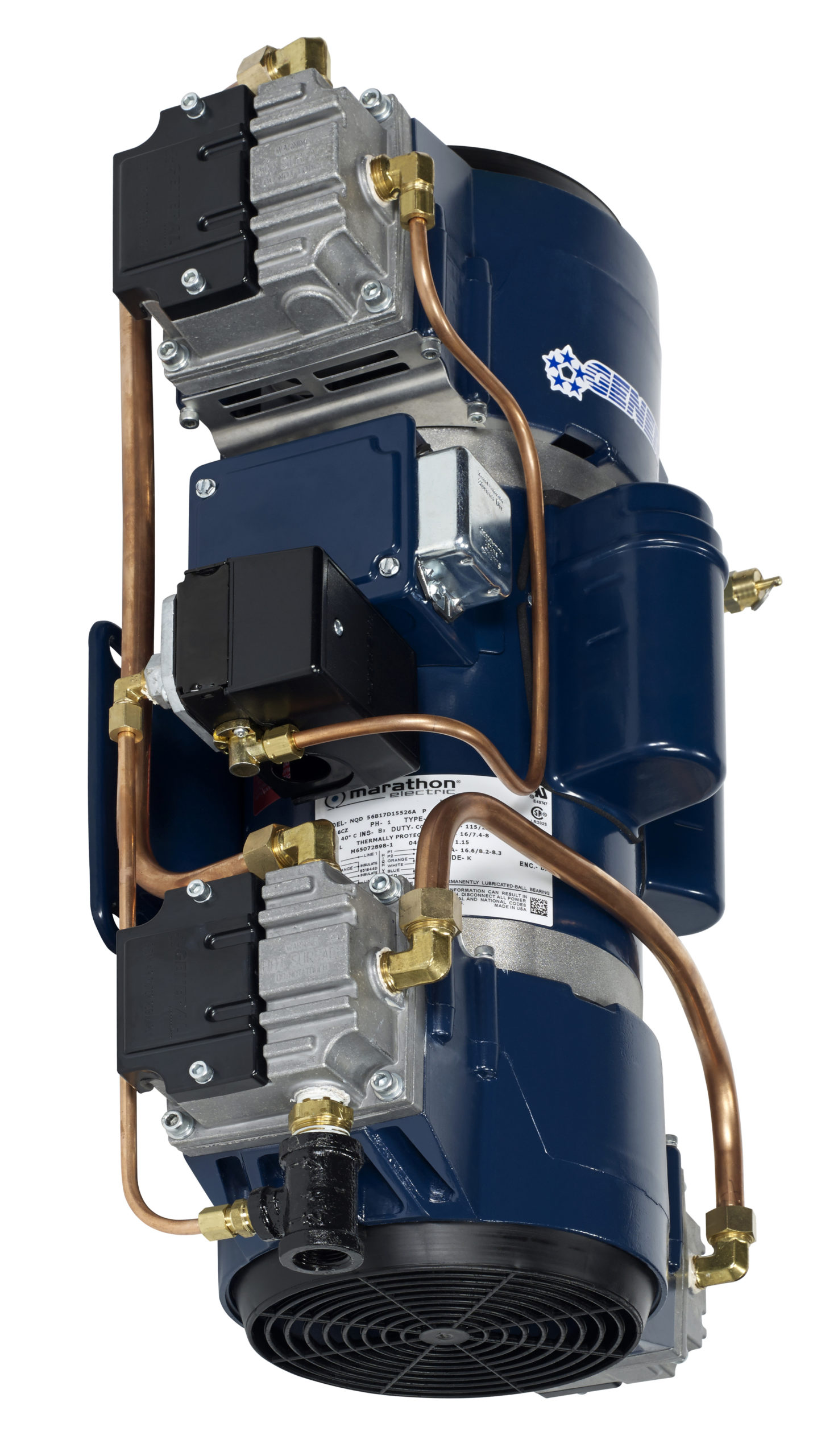
On June 15, 2011 we received an email from Michael Perrin a representative for a condominium in Surrey, B.C. Canada regarding the mounting of an air compressor to the fire protection systems’ riser. Michael asks:
“We had an air compressor installed by our local fire protection contractor. The compressor was attached to the riser by the mounting straps provided. Over a period of time the straps broke because of the vibration of the pipe. Do you recommend installing compressors attached to the riser?”
Mike DeCecco, part of our fire protection inside sales team, responded with the following:
“Our OL series riser mount air compressors is designed to be mounted on a pipe, the floor, or a wall. We include the riser mounting kit (standard) and a riser mounting instruction sheet with each unit.”
The riser mounting kit that we supply with each unit was tested for strength by UL at the time of approval. During the test technicians mounted our heaviest OL compressor (OL1200 = 94 lbs.) *Note: the OL Series has been replaced with the OL+ Series* to a riser with just two straps and then added 5 times the weight of the compressor to the unit to ensure that the straps held – they did, our riser mounting kit passed with flying colors. When our riser mounting instructions are followed properly there will be no issues mounting the compressor to the riser. With that said, minimizing vibration at the unit is always a good idea as it will help preserve the life of the unit over time. Mike DeCecco continues:
“Check the voltage on site making sure it is a good power supply, if it is not this can cause the compressor to vibrate more than normal. Is there a flexible hose that connects the head of the compressor to the system piping? This also reduces vibration considerably. When the unit is serviced make sure that all 3 straps are tight but not over-tightened as to crease them (see torque note on instruction sheet). Once they get creased from over-tightening they are more prone to break under normal operation. Please contact us if this occurs.”
Thank you Michael for asking the question and for letting us post it here!
If you have questions regarding our fire protection air compressors, their installation, best practices or troubleshooting please feel free to call (800-345-8207), email us with them or leave a comment below. We are always happy to help!